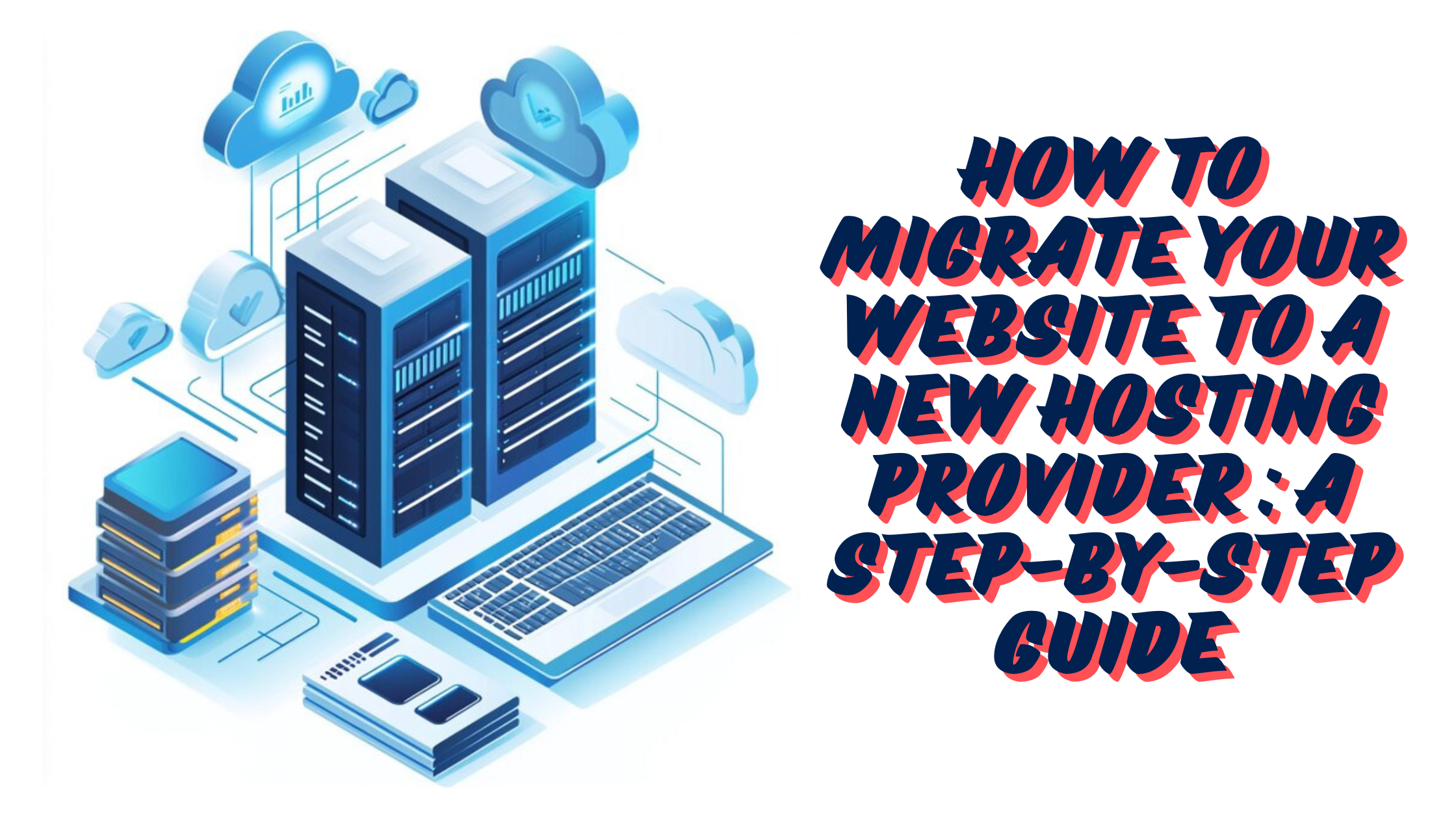Table of Contents
Most aspiring bloggers in India face the challenge of selecting reliable free website hosting services in India that meet their specific needs. With numerous options available, it can be overwhelming to determine which platform offers the best features, performance, and support for your blog. In this guide, you’ll learn how to evaluate different hosting services, considering factors like uptime, bandwidth, and user experience, allowing you to make an informed decision for your online presence.
Understanding Types of Free Website Hosting Services
The various types of free website hosting services cater to different needs and preferences. Each type offers unique features that can enhance your blogging experience.
- Shared Hosting
- Cloud Hosting
- Managed Hosting
- VPS Hosting
- Static Site Hosting
Knowing these types helps you select the best option that matches your requirements.
| Hosting Type | Description |
|---|---|
| Shared Hosting | Multiple users share resources on a single server. |
| Cloud Hosting | Utilizes a network of servers for better performance. |
| Managed Hosting | Provider manages your server, addressing setup and maintenance. |
| VPS Hosting | Virtual private servers give more control than shared hosting. |
| Static Site Hosting | Perfect for simple websites with fixed content. |
Shared Hosting
On shared hosting, your website resides on a server with numerous other sites. This option is usually budget-friendly, making it a popular entry point for new bloggers. However, be aware that shared resources could affect your website’s performance during peak traffic.
Cloud Hosting
On cloud hosting, your site operates on a network of interconnected servers rather than a single one, ensuring scalability and performance. Many businesses prefer this option due to its reliability and flexibility (you can easily adjust resources as your blog grows).
Cloud hosting allows you to seamlessly handle traffic spikes and improves load times, crucial for user experience. Choosing a reputable provider is vital to ensure optimal performance.
Managed Hosting
Even with managed hosting, your provider takes care of server management, allowing you to focus on content creation. This type of hosting is perfect for those who prefer to steer clear of technical challenges (as it offers peace of mind for beginners).
Managed hosting typically includes enhanced security measures and automatic backups, giving you added safety without extra effort. Opting for this option is wise if you value support and reliability in your hosting experience.
Cloud hosting provides a flexible and scalable solution to meet your needs, making it an excellent option if you anticipate rapid growth. It allows you to easily manage traffic fluctuations and optimize site performance, ensuring a smooth experience for your audience.
Key Factors to Consider When Choosing Hosting
There’s much to weigh when selecting the best free website hosting services for your blog. Look for key factors that ensure a positive online experience:
- Storage capacity
- Bandwidth limits
- Uptime reliability
- Customer support options
- Additional features and tools
Recognizing these elements will significantly impact your blog’s performance and accessibility.
Storage and Bandwidth Allocation
Clearly, storage and bandwidth are fundamental aspects of your hosting plan. (You need enough space to accommodate your content, images, and uploads.) Different providers offer varying allocations, so ensure you select one that meets your growth expectations.
Uptime Guarantee and Reliability
Even the best website can falter if your hosting provider doesn’t ensure consistent uptime. Quality hosting services typically boast a high uptime guarantee, often around 99.9%. You should prioritize services that provide reliable performance to keep your blog accessible to visitors.
Bandwidth plays a pivotal role in your hosting experience since it determines how much data can be transmitted to your users at once. If your blog has high traffic, a provider with generous bandwidth allocation is necessary to prevent slow loading times and site crashes.
Customer Support and Resources
Hosting options should offer robust customer support and resources. (You want to ensure help is available whenever you need it.) Look for providers with live chat, email support, or comprehensive knowledge bases to assist you in troubleshooting any issues.
Choosing a hosting provider with strong customer support can save you time and headaches down the line. Ensure the services available align with your needs, allowing you to focus on creating and managing your content instead of dealing with technical problems. (This decision can greatly enhance your overall blogging experience.)
Pros and Cons of Free Website Hosting
Despite the allure of free website hosting services, it’s crucial to weigh their advantages and disadvantages thoroughly. Below is a breakdown of the pros and cons to help you make an informed choice.
| Advantages | Disadvantages |
|---|---|
| No Financial Investment | Limited Features and Resources |
| Easy to Get Started | Less Control Over Your Site |
| No Technical Skills Required | Possible Unwanted Ads |
| Access to Basic Templates | Lower Performance and Speed |
| Ideal for Personal Projects | Risk of Downtime and Reliability Issues |
Advantages of Free Hosting Services
Hosting services offered for free often present an accessible entry point for beginners looking to establish their online presence. You can easily create your blog without having to invest any funds upfront (this is particularly beneficial if you are on a tight budget).
Disadvantages and Limitations
Any free website hosting service comes with its own set of drawbacks that may hinder your blog’s potential for growth. You might face restrictions on bandwidth, limited storage space, and the risk of your website going offline unexpectedly (these limitations can significantly affect user experience and SEO).
Plus, it’s important to understand that many free hosting platforms may also impose branding restrictions, which could affect the professionalism of your blog. Ultimately, if you’re serious about blogging, investing in a paid hosting service might be the best choice to ensure you meet all your needs.
Step-by-Step Guide to Selecting the Right Hosting Service
Many factors influence your choice of a web hosting service, making it necessary to follow a methodical approach. Start by evaluating what your blog requires to function optimally, compare available options, and finalize your decision based on your specific needs. Below is a simple breakdown for an easier selection process.Defining Your Blog’s Needs
| Considerations | Description |
|---|---|
| Content Type | Determine if you will be posting text, images, or videos. |
| Traffic Expectations | Estimate the number of visitors you expect. |
| Technical Skills | Assess your comfort level with tech-related tasks. |
Defining Your Blog’s Needs
An understanding of your blog’s specific requirements is the first step in selecting the right hosting service. This includes evaluating the type of content you plan to share, the expected traffic volume, and your technical proficiency in managing web tasks. By clearly defining these aspects, you can better narrow down your options.
Comparing Different Hosting Options
An effective way to choose a hosting service is by comparing various options available in the market. Below is a summary of key features you should evaluate.Comparing Different Hosting Options
| Features | Benefits |
|---|---|
| Storage Space | Ensures you can store your content without limitations. |
| Uptime Guarantee | Provides assurance that your blog will be accessible to readers. |
| Customer Support | Access to help when you face technical issues. |
It’s necessary to weigh the features of different hosting options against your blog’s requirements. Look for elements such as storage space, uptime guarantees, and customer support, which play a vital role in your blog’s overall performance and accessibility. This methodical approach allows you to identify the most suitable package that aligns with your specific needs.
Making the Final Decision
Guide your decision by reflecting on the comparisons you’ve made, ensuring they align with your blog’s requirements. Consider the trade-offs and prioritize the attributes that matter most to you.
Plus, think about long-term goals for your blog. You may want to scale it in the future, requiring additional resources. Therefore, choose a hosting service that not only meets your current needs but also offers flexibility and growth potential as your blog expands.
Essential Tips for Optimizing Your Free Hosting Experience
Not all free hosting services are created equal, so it’s crucial to find ways to optimize your experience. Here are some tips to help you make the most of your free hosting:
- Choose a user-friendly platform for seamless navigation.
- Utilize website builders and templates available on the host.
- Regularly back up your content to avoid data loss.
- Engage with community forums for troubleshooting and advice.
Knowing these strategies can elevate your blogging experience and help you build a reliable online presence.
Leveraging Available Resources
Now that you’ve set up your blog, take full advantage of the resources offered by your hosting service. Explore templates, plugins, and support forums to enhance your blog’s functionality and appearance.
Ensuring Security and Performance
Now, prioritize your blog’s safety and speed by implementing necessary security measures. Make sure to choose a host with a strong uptime record and regular backups. (Investing in a domain can also improve your blog’s credibility.)
Essentially, maintaining security and performance involves regularly updating your blog, using strong passwords, and leveraging HTTPS if available. You want your visitors to feel safe while navigating your content. (A secure site not only protects your data but also boosts your SEO rankings.)
To wrap up
As a reminder, selecting the best free website hosting services in India for your blog involves evaluating key factors such as storage capacity, bandwidth, user support, and add-on features. Always prioritize platforms that align with your specific needs, whether that’s for simplicity, scalability, or certain functionalities. By conducting thorough research and reading user reviews, you can make an informed decision that enhances your blogging experience while saving costs. With the right choice, you’ll set a strong foundation for your online presence.



